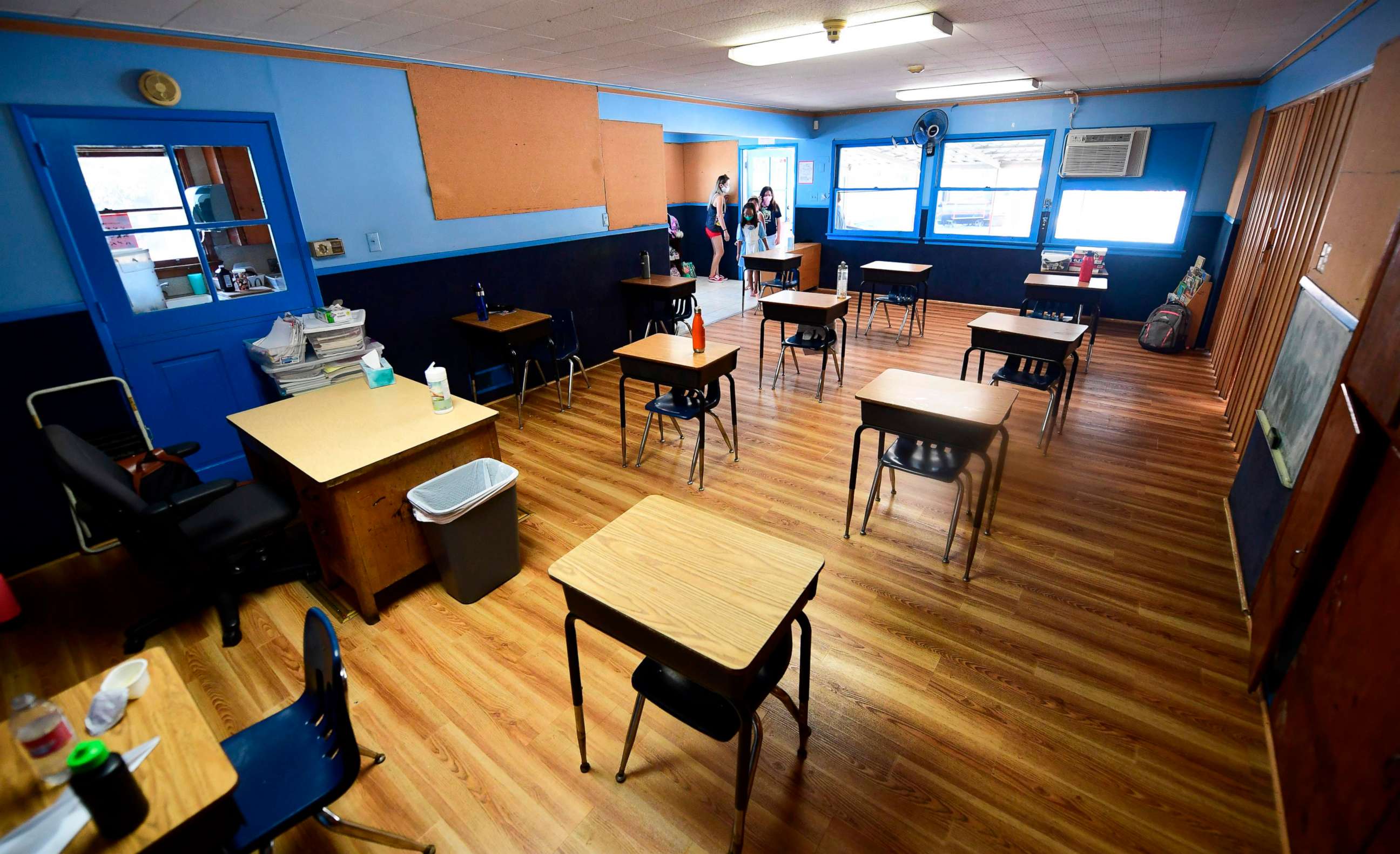Ventilation systems can change spread of potential viral particles indoors: Study
The study looked at results in an elevator, a supermarket and a classroom.
A new study at the University of Minnesota College of Science and Engineering showed ventilation systems can change the spread of aerosolized and potentially virus-containing particles in common indoor areas. The study looked at results in an elevator, a supermarket and a classroom.
Although their findings are still undergoing peer review, they have caught the attention of an anxious nation gearing up to send children back to school and eager for any small hints on how to stay safe and reduce transmission indoors.
Dr. Jiarong Hong and Dr. Suo Yang, mechanical engineering associate professors at the University of Minnesota analyzed how aerosolized and potentially virus-containing particles could spread in common indoor areas using a computer simulation.
To start, they evaluated eight asymptomatic participants with COVID and calculated the particle spread from actions like talking, coughing and sneezing. They took this data and applied it into various computer simulations.
In one simulation, they created various circumstances in a standard classroom, with a teacher placed at the front and children scattered throughout the room. In other simulations, they did the same thing, but in an elevator or a grocery store. They studied various conditions, including how the spread would change if the rooms had a powerful ventilator in either the entrance or back of the room.

They found that in indoor spaces, good ventilation will filter some of the virus out of the air, but may leave more viral particles on surfaces, such as walls. Key among their findings: The aerosols spread significantly less throughout the room when the asymptomatic person was placed directly under an air vent rather than away from.
This could come into play in the classroom, with the risk of transmission theoretically lower if an unknowing asymptomatic teacher were placed directly underneath the ventilation system. Conversely, a ventilation system at the back of the room might spread potentially infectious particles throughout the room.
"If the teacher is in the front, the ventilation is in the back, the ventilation will draw the aerosol throughout the whole classroom." says Suo Yang, one of the lead researchers. "In comparison, if we move the ventilation to the front, right above the teacher, then the ventilation will create a recirculating zone in the front, which will confine the aerosols within the front 1/3 part of the classroom."
For the classroom case, with strong simulated ventilation, only about 10% of particles were vented out, meaning you can't necessarily bank on a high-quality ventilation system to filter out all the potentially infectious particles in a standard classroom.
A grocery store, meanwhile, was a different story. In the simulated supermarket, 50% of the particles were vented out, according to the computer simulation, with Yang considering that the tall shelving units of a supermarket create small wind channels that more efficiently circulate air through a room.




